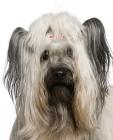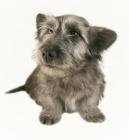Skye Terrier
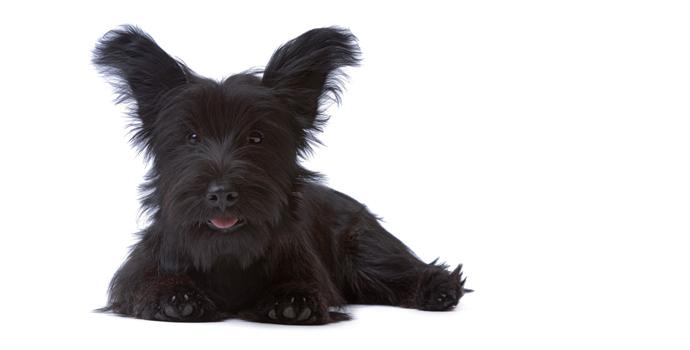
In my own words
I’m waiting fro my owners to come home. I hate being home on my own for too long.
While I may be a great pet for some, I’m not exactly the cuddly type. You see I have working instincts that need to be put into play throughout the house and yard. I could run the whole day long, pawing my way through exploring and digging. Yes sir, I relish any kind of task-oriented activity or game. I also have a durability that makes me a great hiking and exploring companion. My owner loves to hike some I’m in good human hands.
My owner and I have a close bond but I am by habit stand offish with strangers. Once I get to know a human I warm up a little. Socialisation is important to dogs like me. I find that not all children understand me but I can’t get enough of the children I was brought up with. They know what they can and can’t do with me. I’m protective of my whole family and am a superb watch and guard dog. I sense intruders from a good distance, which makes me bark relentlessly.
My ideal owner(s)
City-dwellers
Retirees
Active, sporty types
Families with older children
What they say about me
Devoted
Adorable
Powerful at hunting
Explorer
Is this Skye Terrier for you?
Test your knowledge about the Skye Terrier
Information essential about the Skye Terrier
Size:
Weight: Male & Female 25 - 40 pounds (Males may weigh up to 11kg, with females being slightly less).
Popularity:
Breed History:
Character:
The Skye terrier is more serious, dignified, and quieter than most other terriers. They are one of the few terriers, which are laid back and easy to please indoors. The Skye Terrier will require at least one walk a day, and as a very happy dog will like to play at any time of the day. Once outside, however, it is a fearless and courageous breed and will chase anything that runs. With this in mind, it is probably best to keep this dog on a lead unless you have a reliable recall in place or it is being exercised in a safe and well-fenced area. They can become quite dominant little dogs, especially if they are not socialised very well as youngsters. Caution should be exercised if they live with or are around smaller creatures, for example rabbits and cats. This dominant and sometimes stubborn trait means that they need a confident leader, which they can trust and respect. They can be intensely loyal to his family pack, enjoying a lot of attention and thriving on contact with people. It is not a breed that likes to be left alone for prolonged periods of time.
Temperament:
The Skye terrier has a typical terrier temperament: courageous, canny, strong, and independent. He is fiercely loyal to those he loves, but people have to earn his love and respect. He does not give it freely. He is selective about whom he will love and whom he will obey. Once he chooses you, his loyalty and devotion are profound. He usually attaches himself to one member of the family, whom he follows around like a shadow. A Skye will not tolerate being picked up or handled by anyone except his closest loved ones. He is sensitive to rebuke, but never submissive. And he is perfectly capable of holding a grudge. He is an alert protector of home and master -- always watchful. Skye terriers are friendly and happy and are also trained as therapy dogs. He is usually quiet in the house and is content to sit beside his master for hours. He often lives peacefully with other dogs. He does not look for trouble but if he is provoked, he will not back down. The Skye terrier can be serious and he can be clownish. He is a loving, faithful, and adoring companion for the person(s) he chooses to love. He craves attention and companionship and gives it right back.
Conformation:
The delightful little Skye terrier is a long and low-slung dog, with short legs and a straight back leading into a tail that is held level to the body. The head is quite long and the ears can be either erect or folded, but either way they are covered in heavy feathering. In the erect eared dogs, the hair falls between the ears, forming a ‘fringe’ of hair, which covers most of the face. They have a moderate beard covering also. The coat is double, with a shorter undercoat and a longer, straight over coat. The parting on the head, continues down the centre of the dogs back down to the tail and hangs in curtains down either side of the dogs body. The overall dog should look elegant and have an overall body length to height ration of 2:1.
Colour:
The coat colour comes in many shades of fawn, cream, grey or black, often with darker points and on occasion, white markings on the feet or chest.
Training:
Care:
The long and straight coat of this dog is surprisingly easy to maintain, as it seems to resist tangling. As such, a thorough grooming once a week should be all that is needed. Resist over bathing unless the coat is exceptionally dirty. The long hair between the pads of the feet should also be trimmed back if possible. Their long, straight coats should be brushed regularly to prevent matting. During shedding seasons, you may want to brush them outdoors or have them professionally groomed.
Skye Terriers will be happy in apartments but they need lots of exercise and companionship—not just playtime around the living room. He also does well in obedience, rally, agility, and tracking competitions.
Health:
Being a dog with short legs and a long body, the owner must always be aware when they are climbing up or down the stairs or jumping off furniture etc. In addition, in pups they may display signs of a disorder called ‘Skye Limp’. This is caused by damaged to the growth plates in the bones, and can be caused by over exerting a young dog. This can lead to bowed or deformed legs, leading to issues in later life such as rheumatism and difficulty in its gaits. Degenerative Disc Disease is seen in around 10% of all Skye terriers and is a chronic and very painful disease of the spine, leading to stiff and painful movements for the dog. The owner needs to prevent movements such as the ones described above with regards to jumping off furniture, cars etc to prevent further injury. This is a condition, which may require surgery and/or medication for the duration. Skye Terriers can live as long as 15 years with relatively few health problems
You may also like:
If you like Skye Terriers, you may be interested in breeds of the same size »
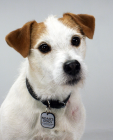
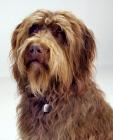

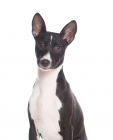

If you like Skye Terriers, you may like other breeds with similar characteristics »

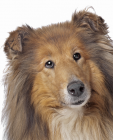

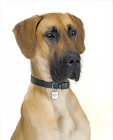
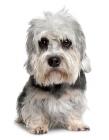
Advice on choosing your breed »
Find an animal shelter or rescue home where a Skye Terrier is waiting for a new home »
The following grid gives a fast track review, which covers all breeds. You can apply it to help you decide if a Skye terrier is suitable for you, the environment where you live, your personality and your lifestyle. On the grid, 1= strongly disagree, and 5= strongly agree. For example, if you are looking for a dog to make a good walking companion, look down the list under ‘Activities’, and you will see that Sky terriers have lots of energy and are strong walkers, scoring 5. If you want a dog that is good for country living, look under ‘Environment’ and you will see that sky terriers are suited to country living, scoring 5. You might like to save or print off this section and keep it for reference while you check some other breeds before making your final choice
Be the first to rate this breed »
|
*PLEASE NOTE: All our breed profiles are general, and all dogs are individuals. Always talk to the breeders and meet the owners you are buying from. Try to meet the dog and its parents if it is a puppy in their home environment.








